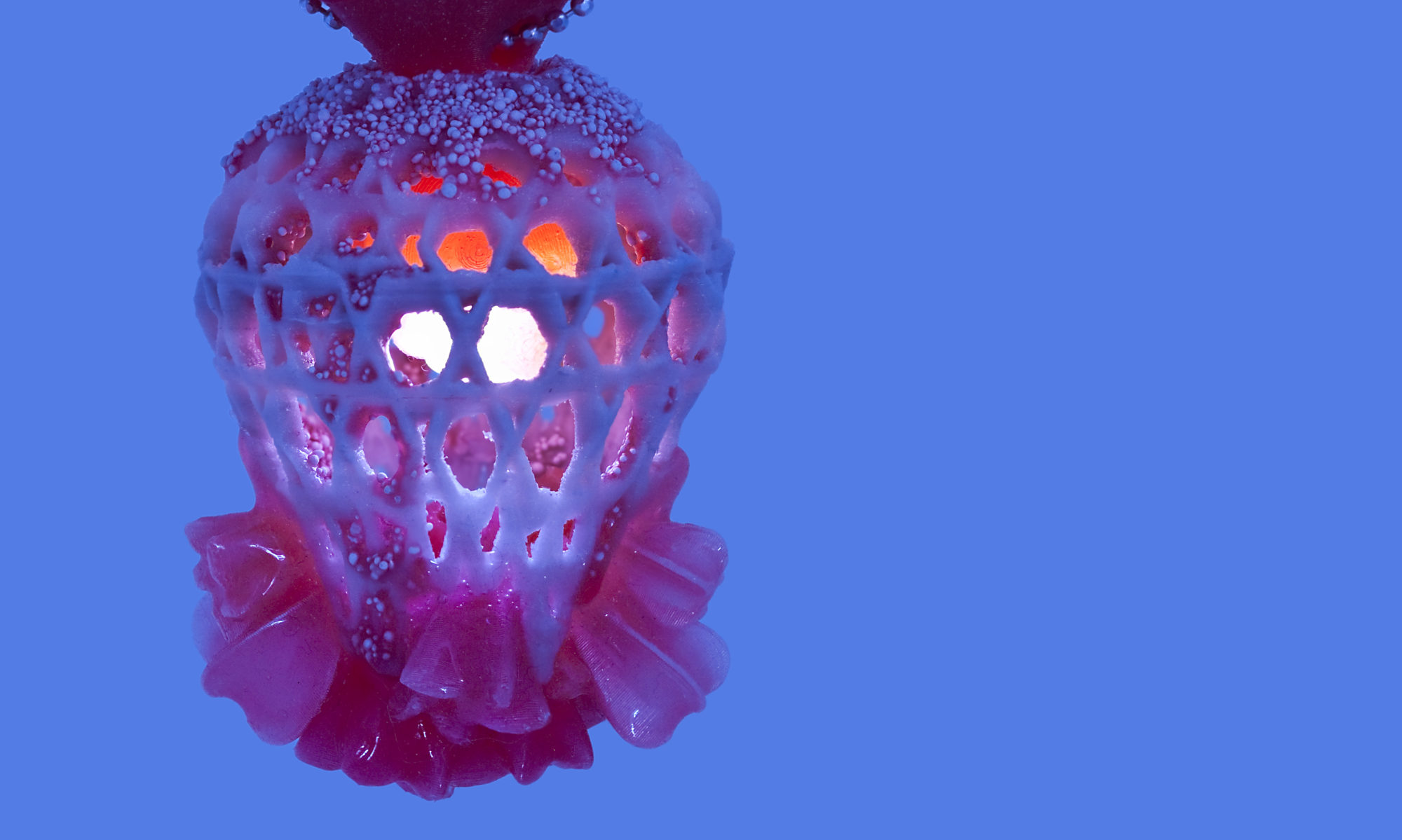Nickel Titanium Shape Memory Alloy is one of the more well-known smart materials, being used in all sorts from medical instruments to bendy spectacle frames. Shape Memory Alloys (or SMAs as I will be calling them henceforth) were the material that got me interested in my research area in the first place, back in 2006, when their use was still in its infancy within the Visual and Applied Arts community and the only textbook I could find was so scientifically written that I had only a vague notion of how these materials might be useful in my quest to make Jewellery come alive. When I subsequently arrived at the RCA, full of dreams of exploring these wondrous metals, I was told they would be utterly unsuitable for jewellery use in the way I imagined, and that I shouldn’t waste my time. Disheartened but unconvinced my creative path digressed, but in the back of my mind I always knew I would return to the world of ‘Smart’ eventually.
At the University of Dundee we have the fascinating department of Imaging and Technology at the Ninewells Medical Research centre, where a group of extremely talented researchers spend their days developing new surgical tools for use at the hospital. Needless to say, shape memory alloys play an important part in this task, coiled into tiny springs inside long laproscopes, which in turn are used to get into what were previously thought inaccessible areas of the human body.
On a less serious note, Shape Memory Alloys have been used in a variety of applied arts projects, a few fun examples of which I came across on youtube recently (more fun to be had here,here and here). At CIMTEC I met the charming Dr Patrick Dyer of the University of Brighton, who has done quite a bit of research into combining SMAs with textile applications – a field that has been far more encouraging in finding a use for SMAs. Having seen the shape-shifting clothes created by Hussein Chalayan in 2007 at his retrospective at the London Design Museum, I think SMAs are as exciting as they come but have been seriously overlooked by jewellery artists thus far. It is time this changed, and hopefully I will be able to contribute to that through my research.
